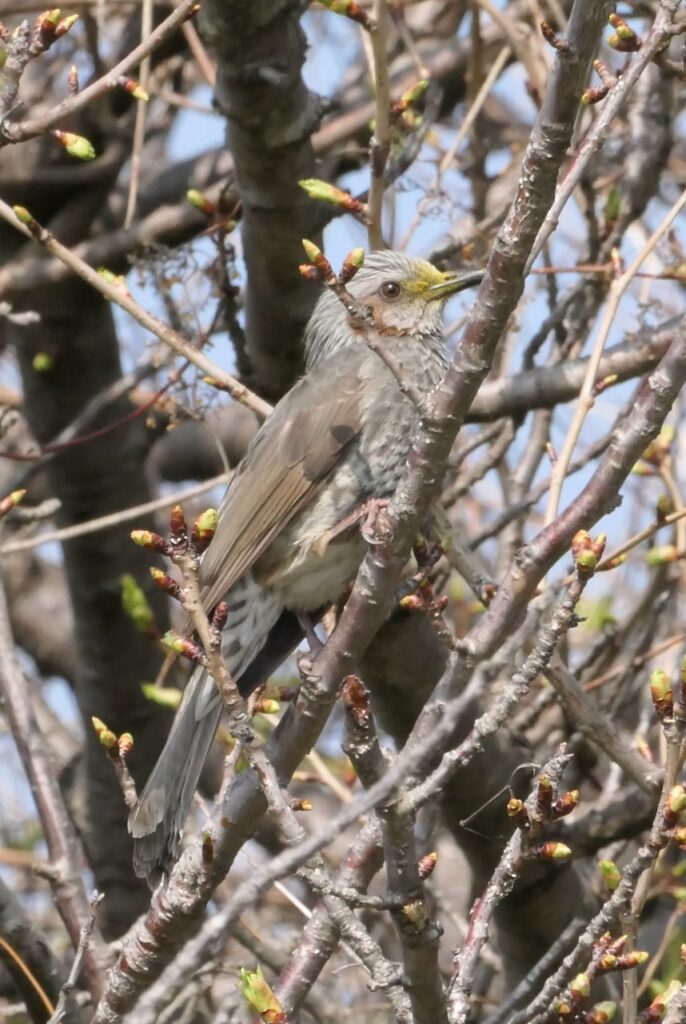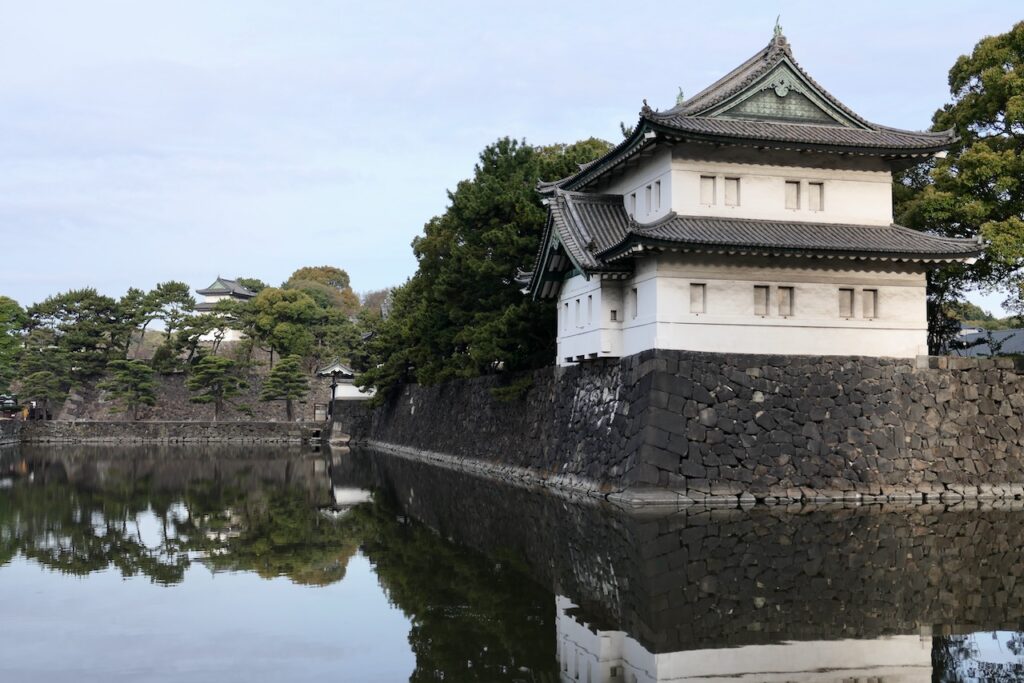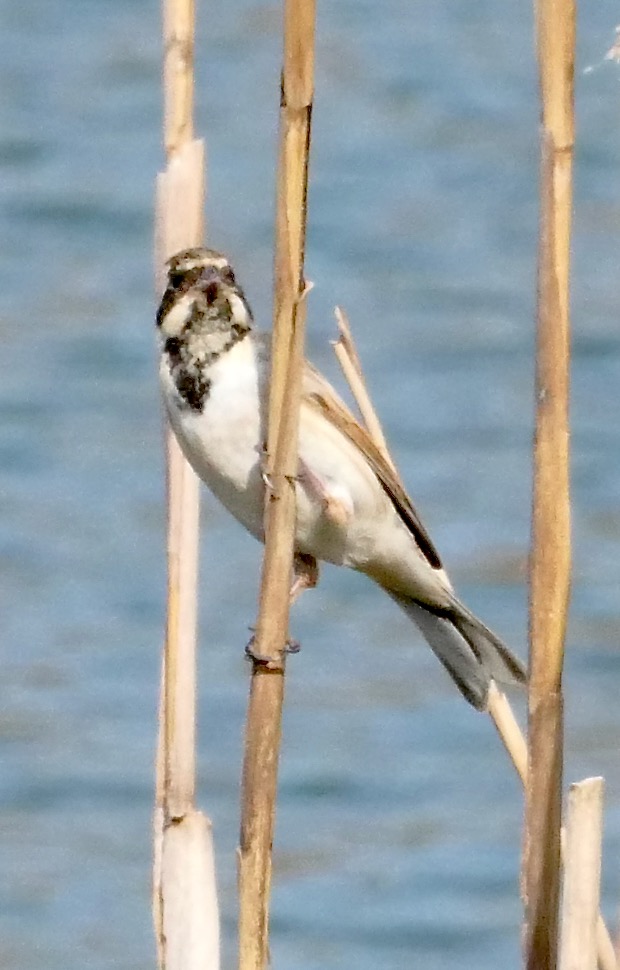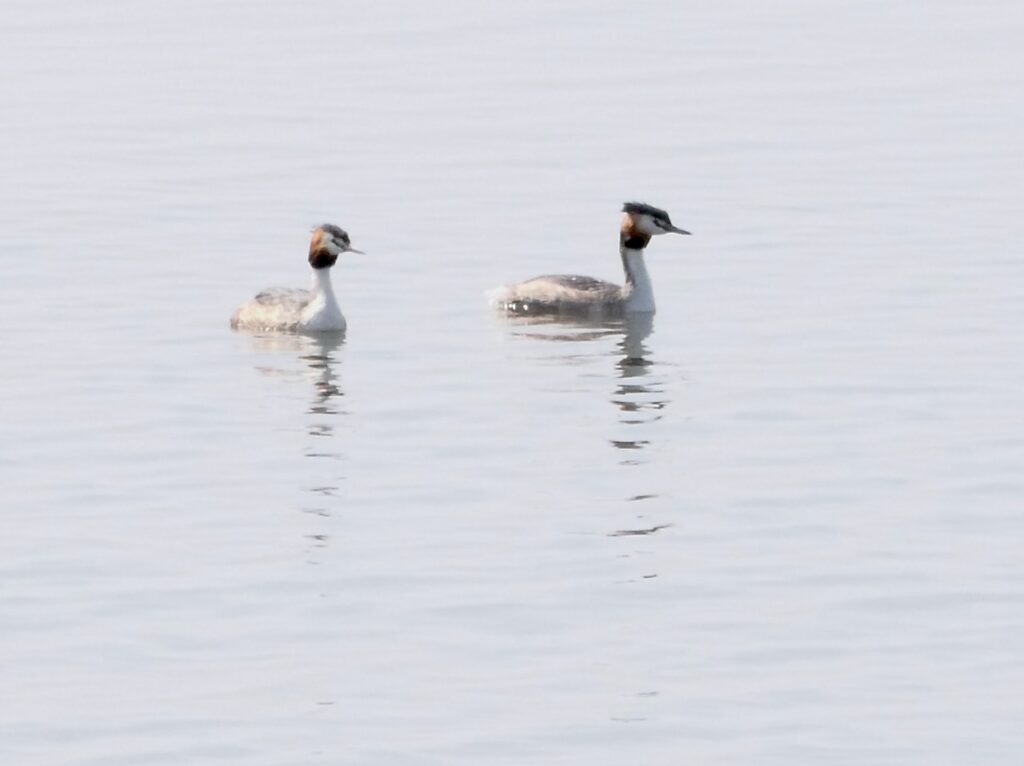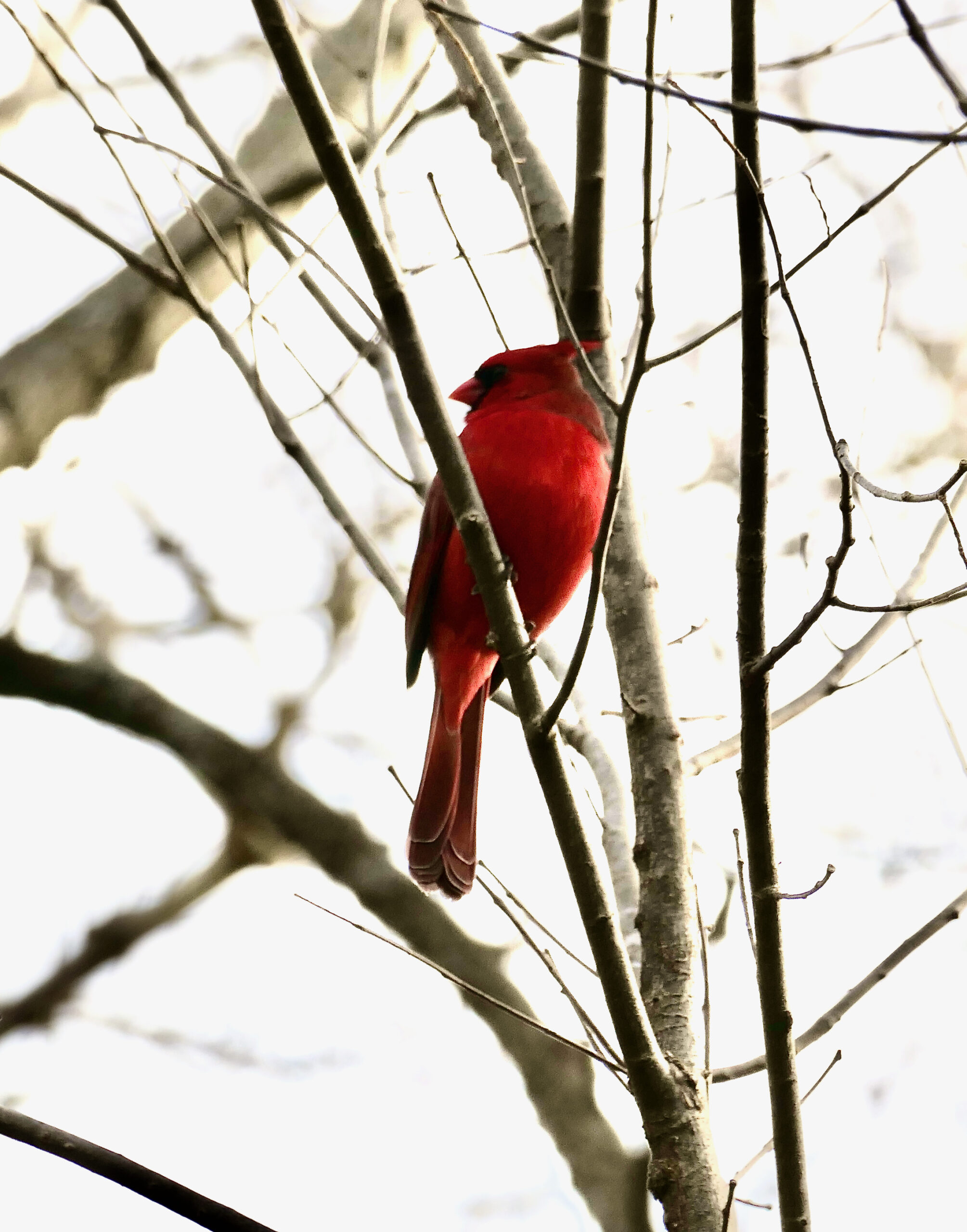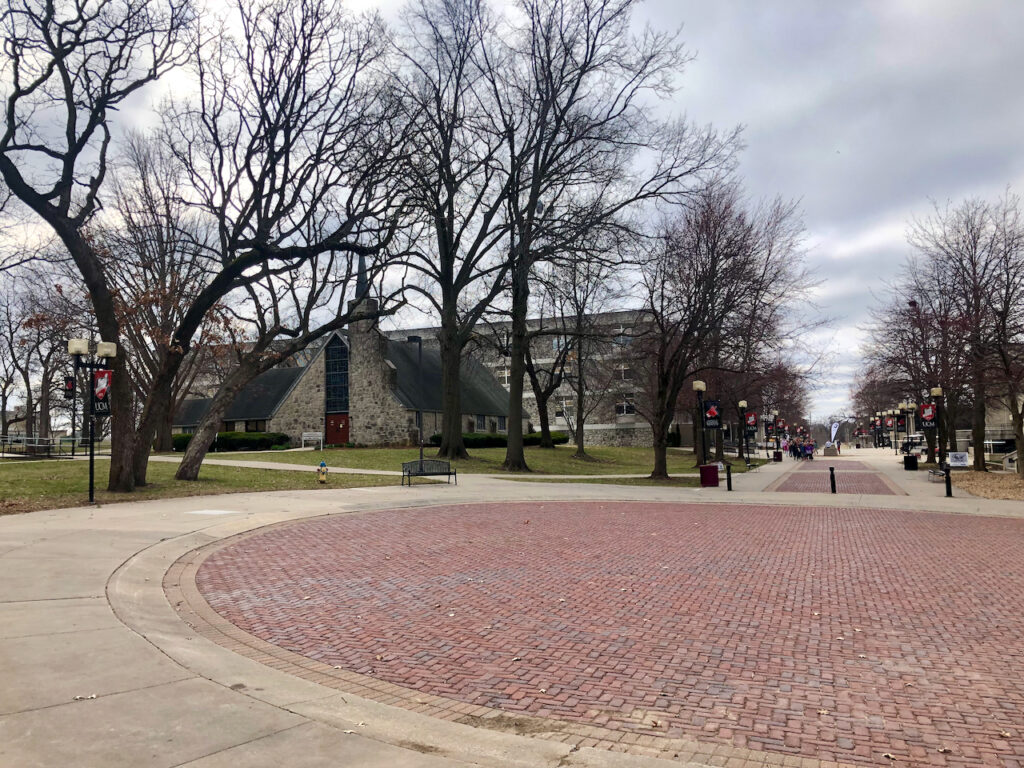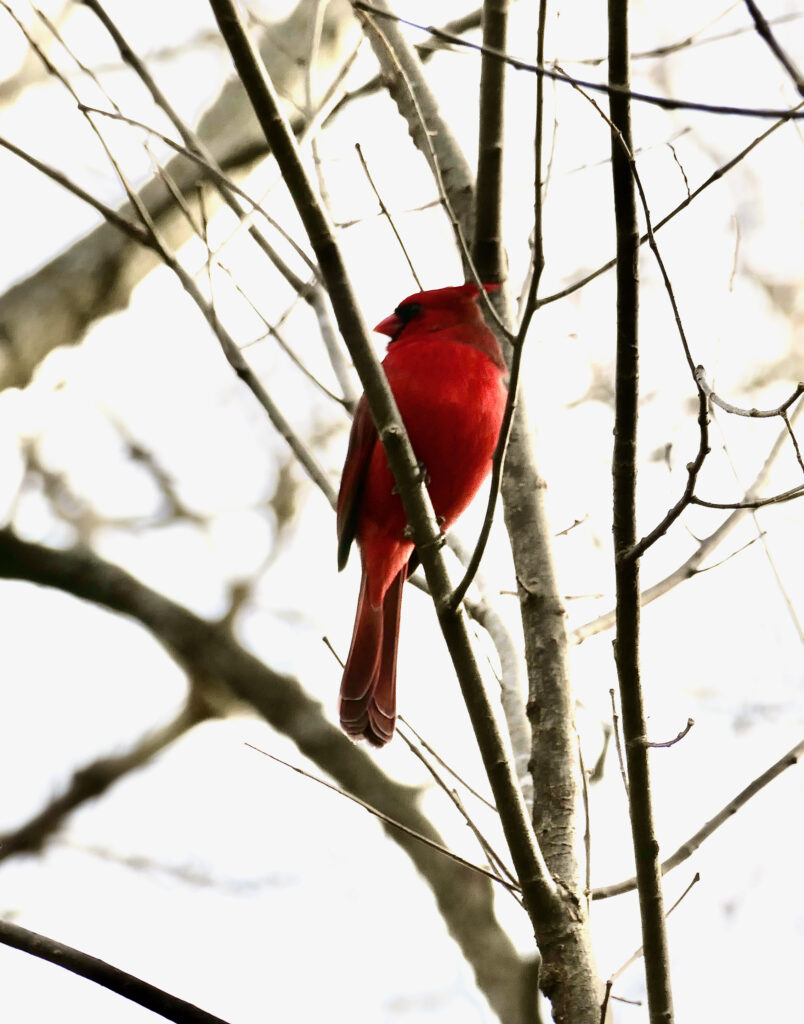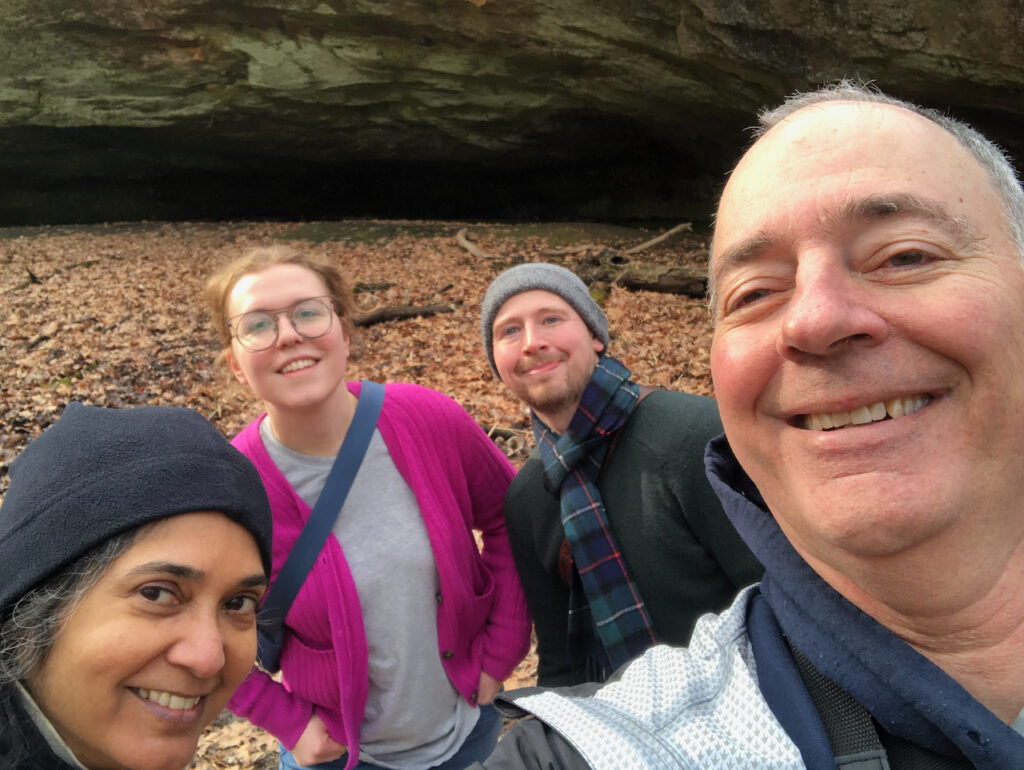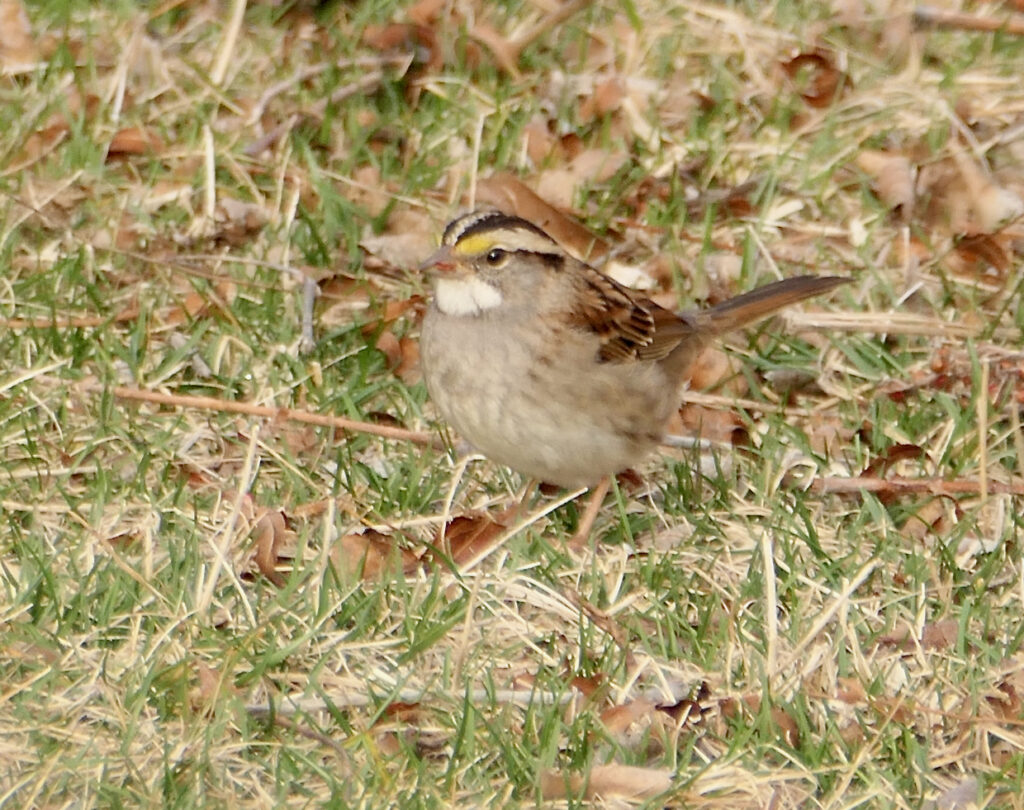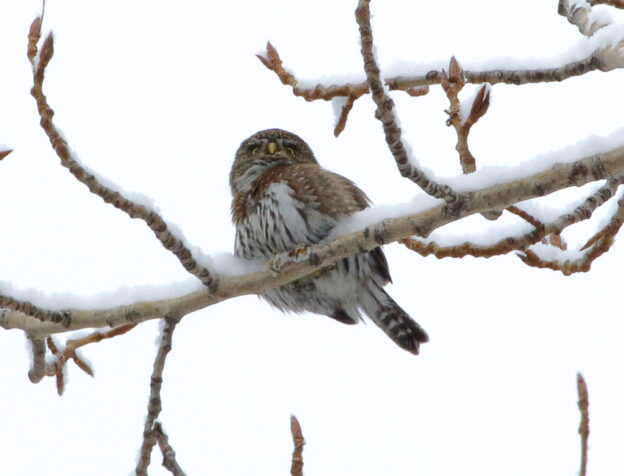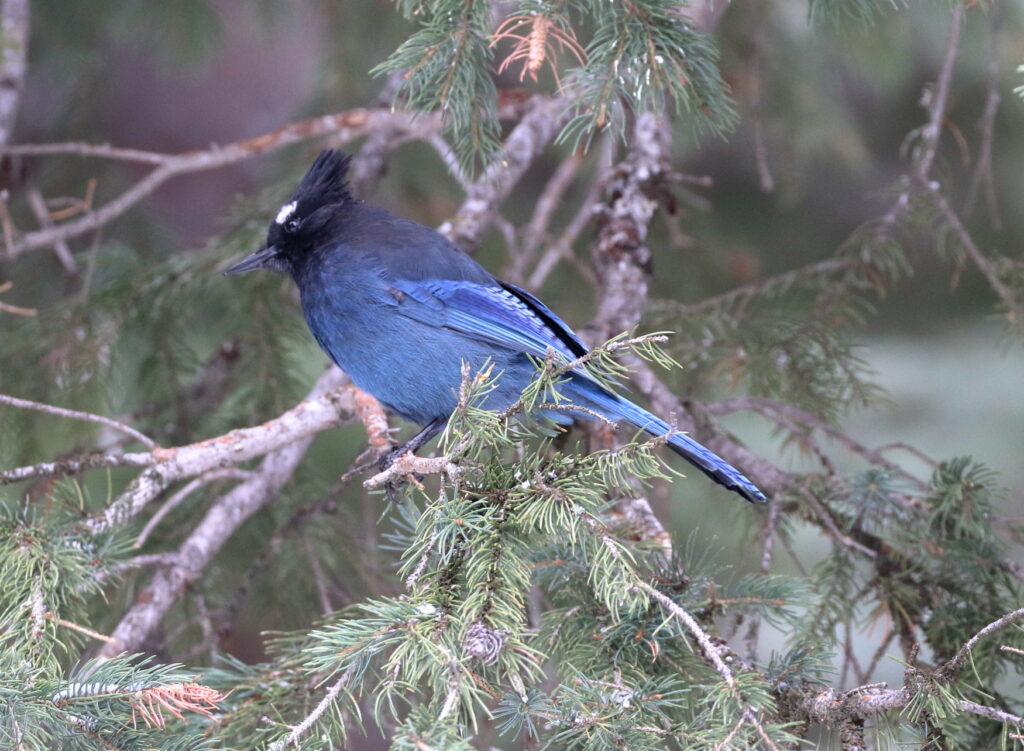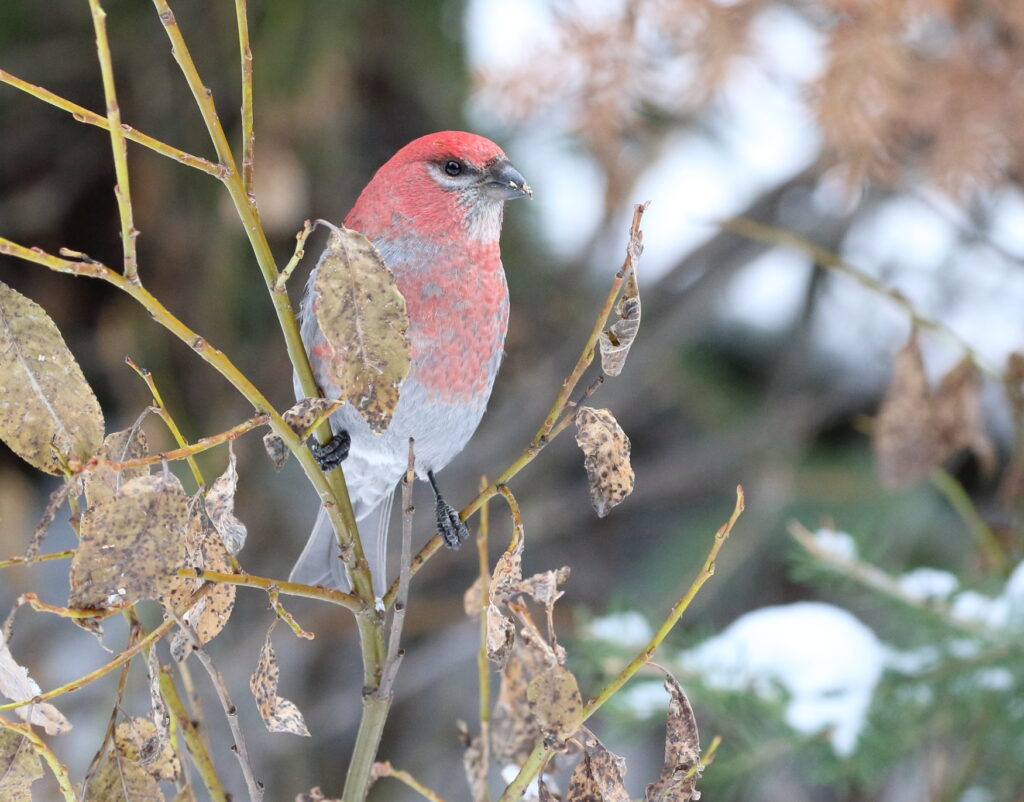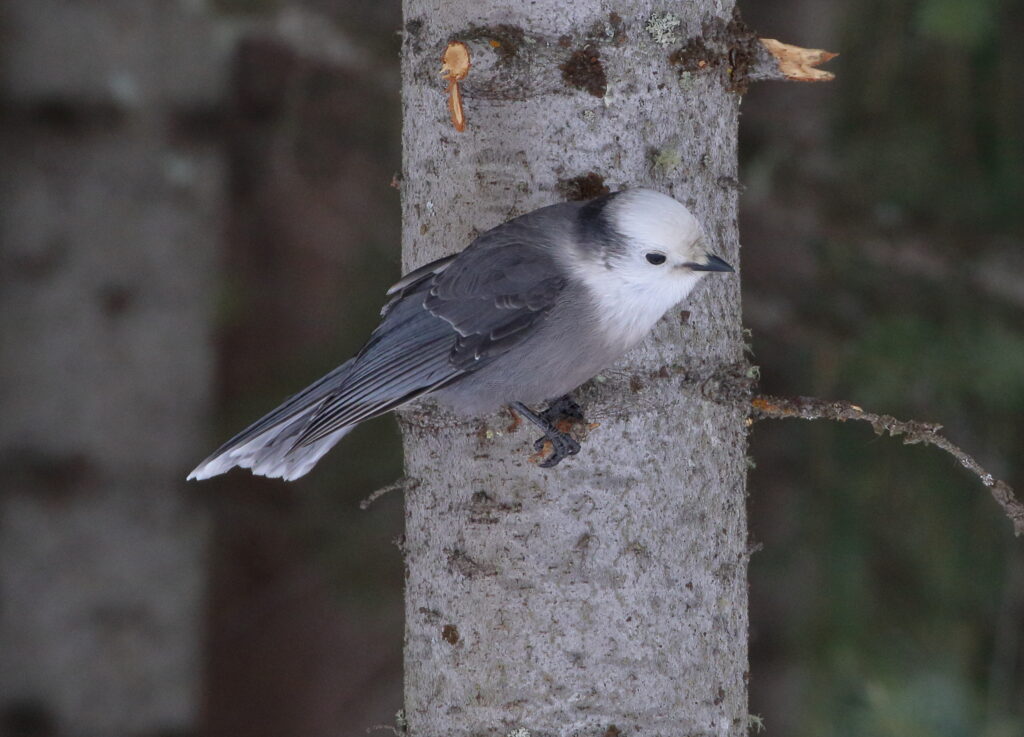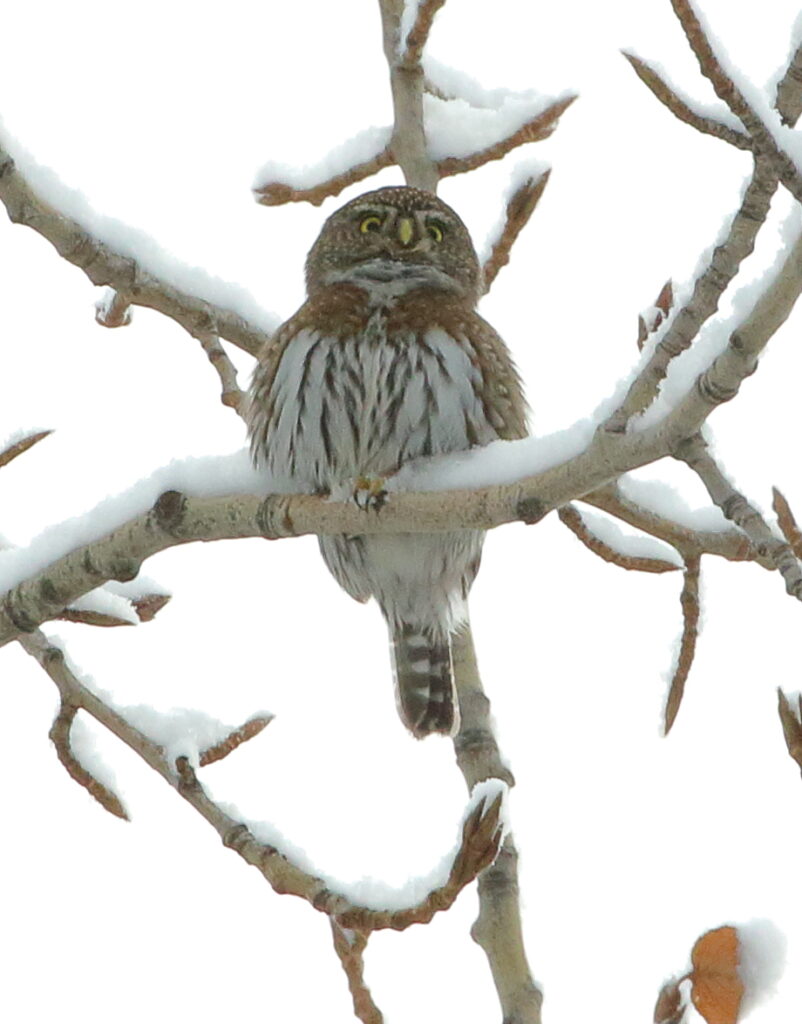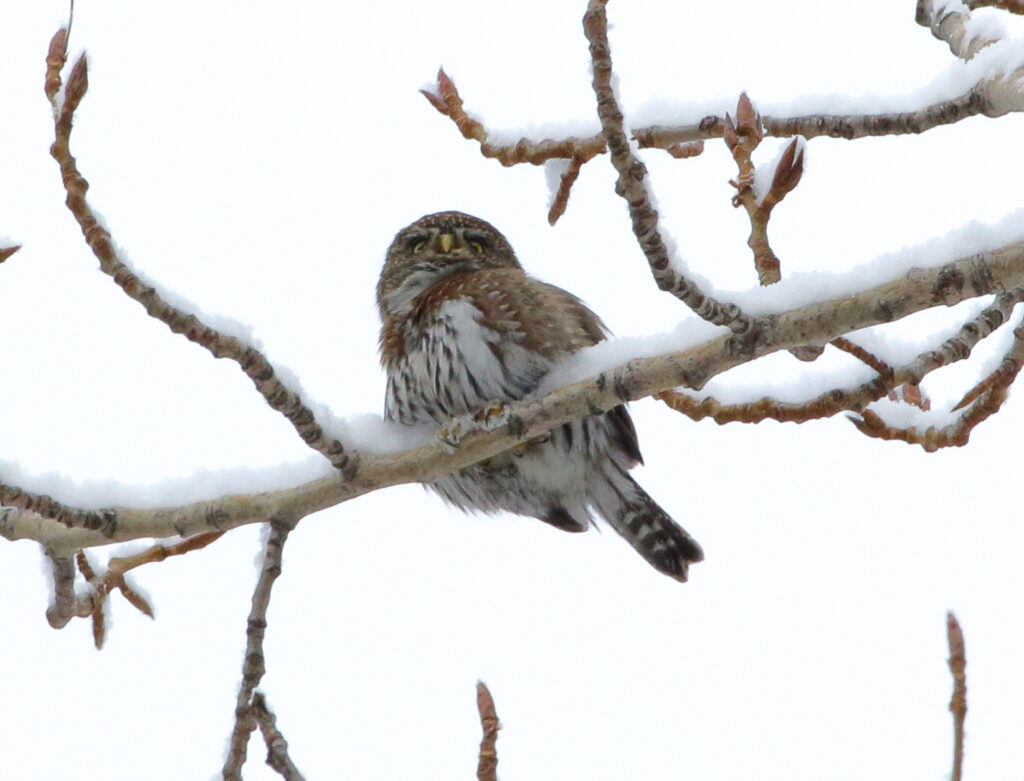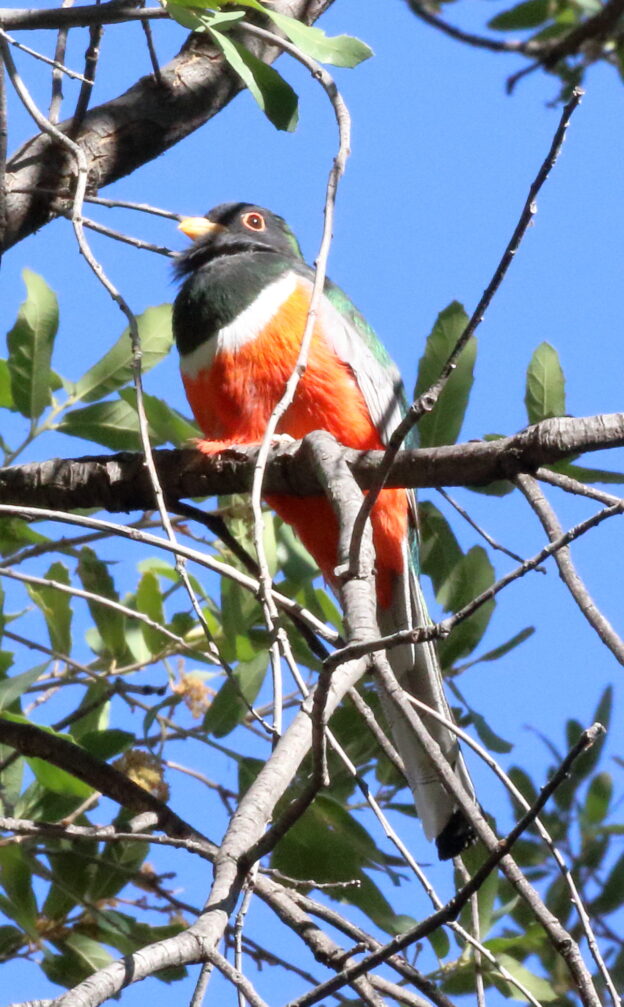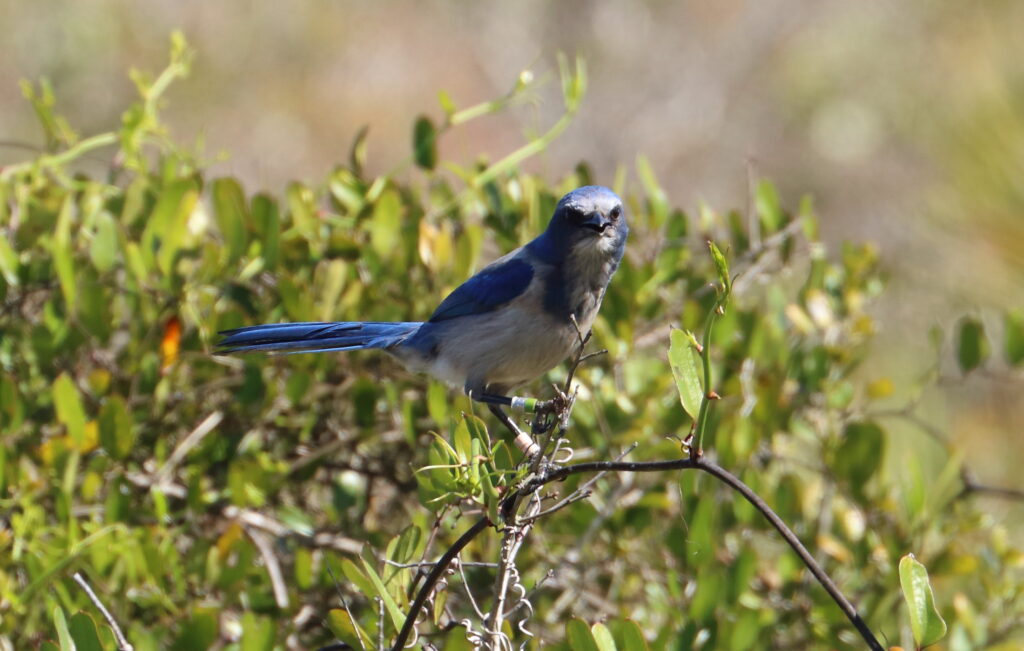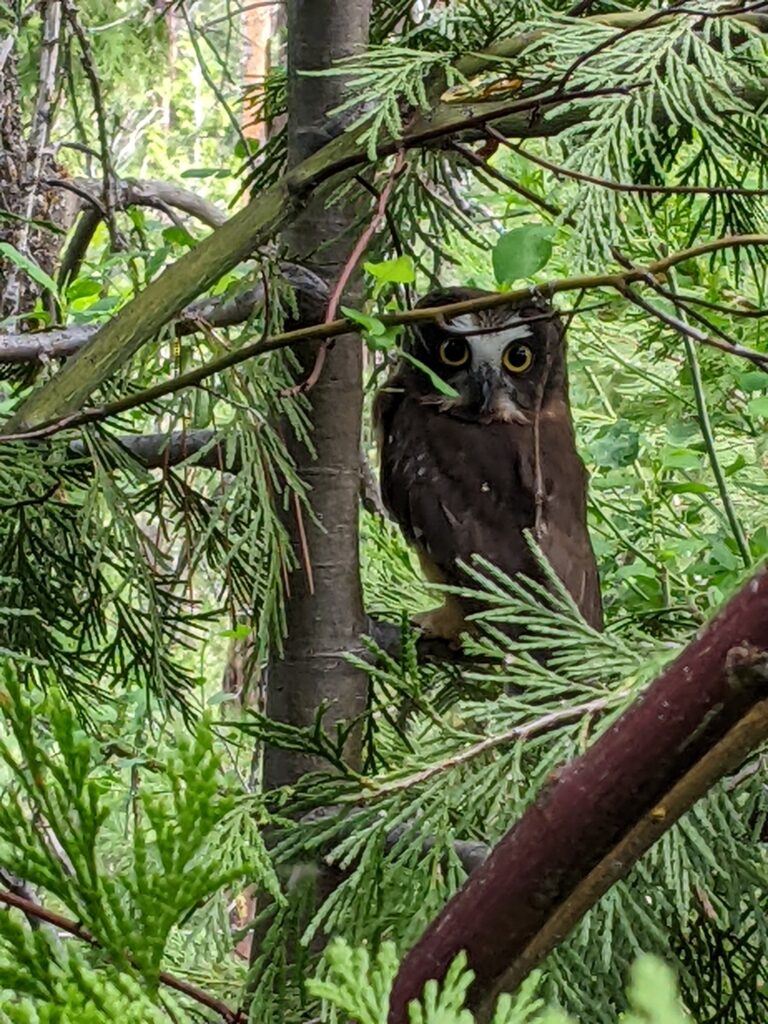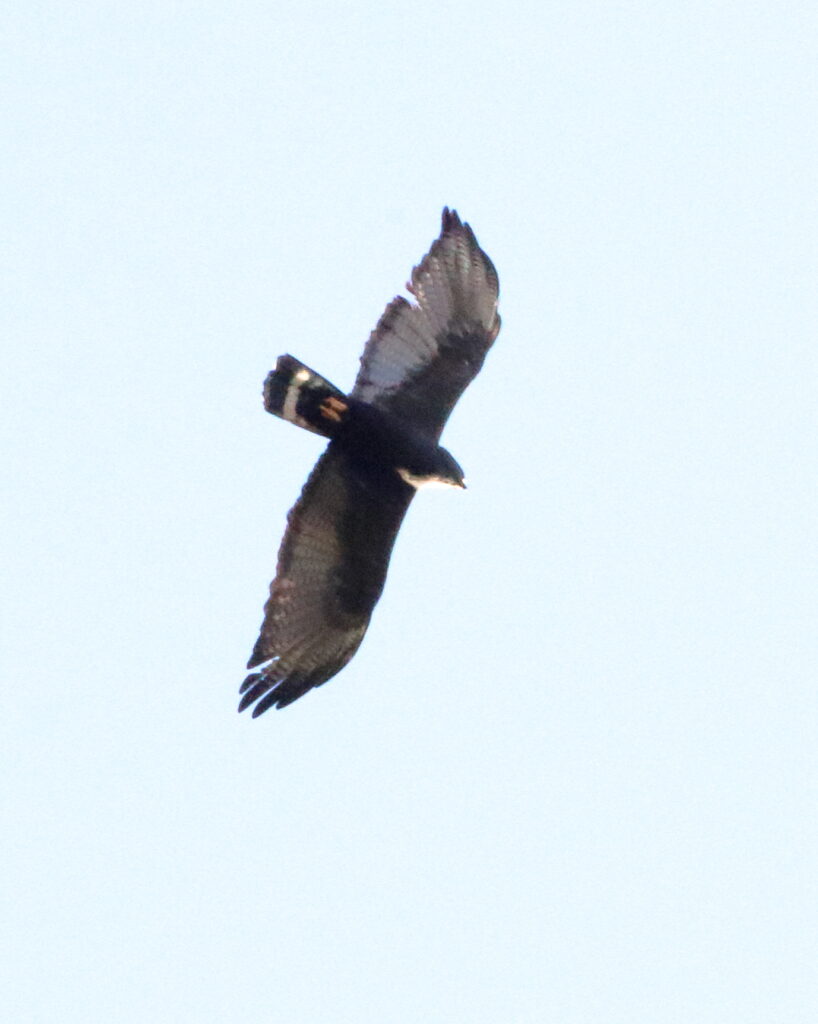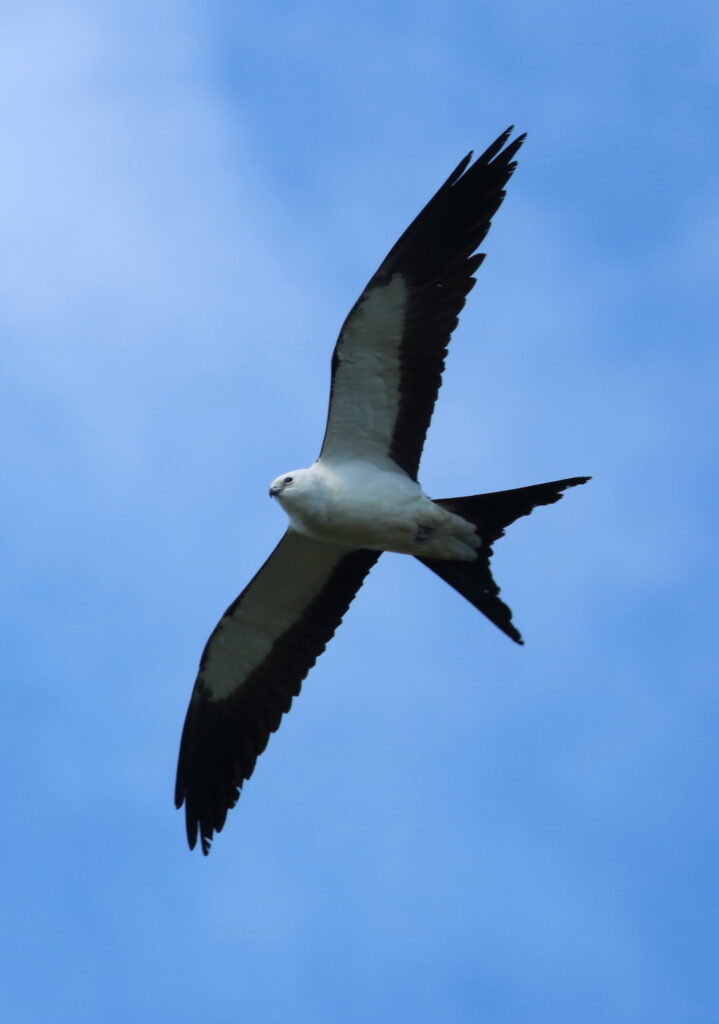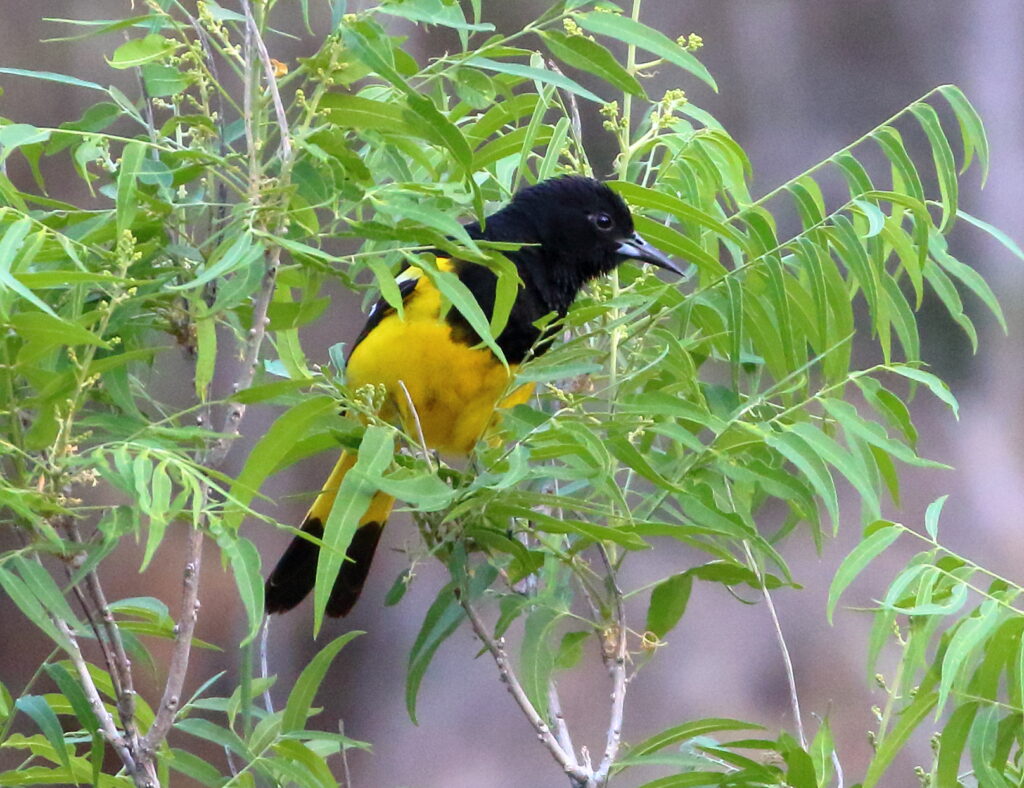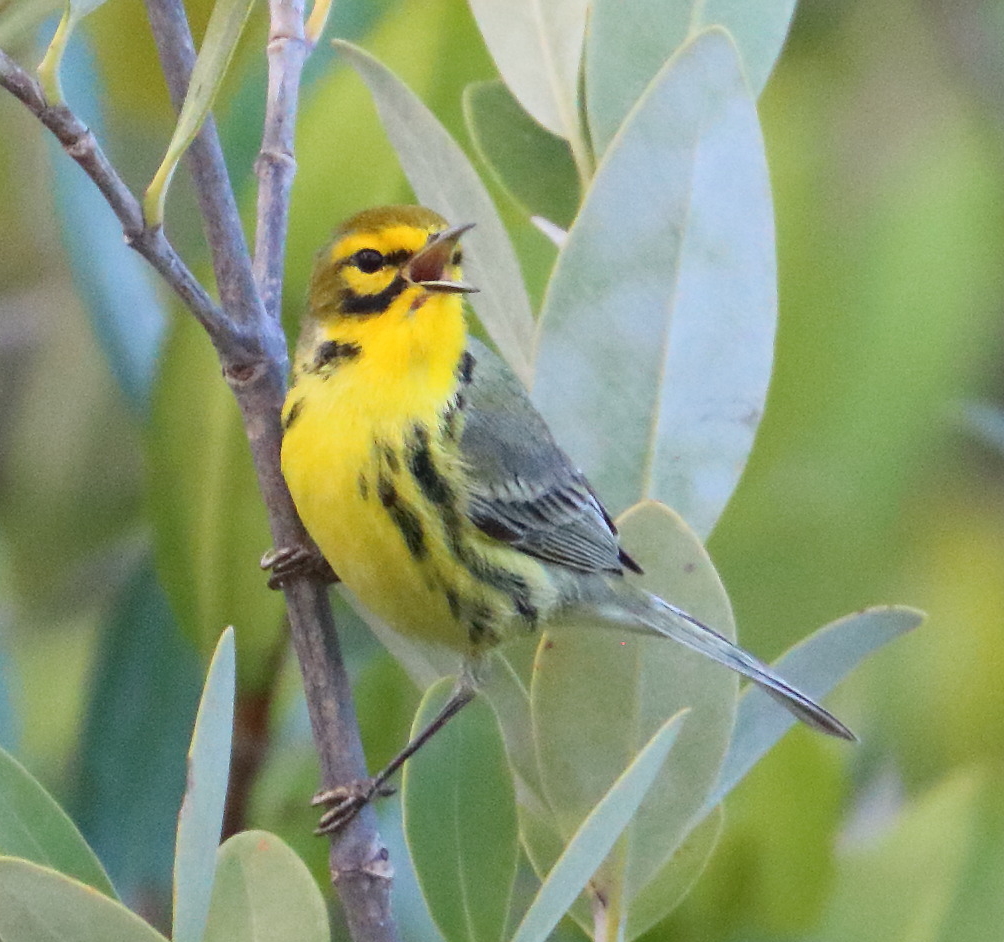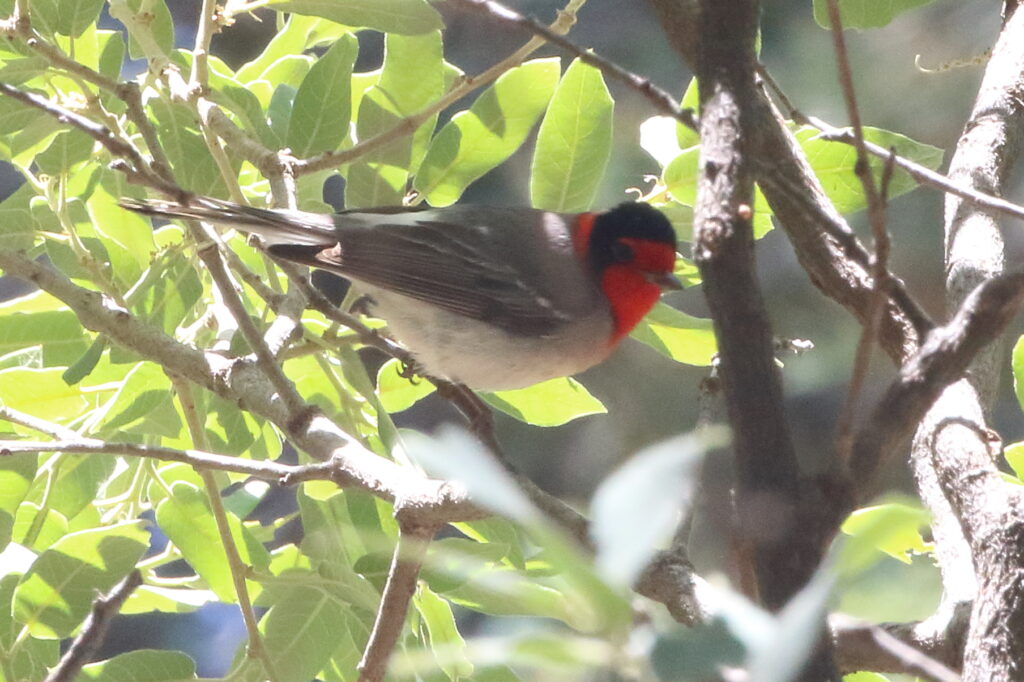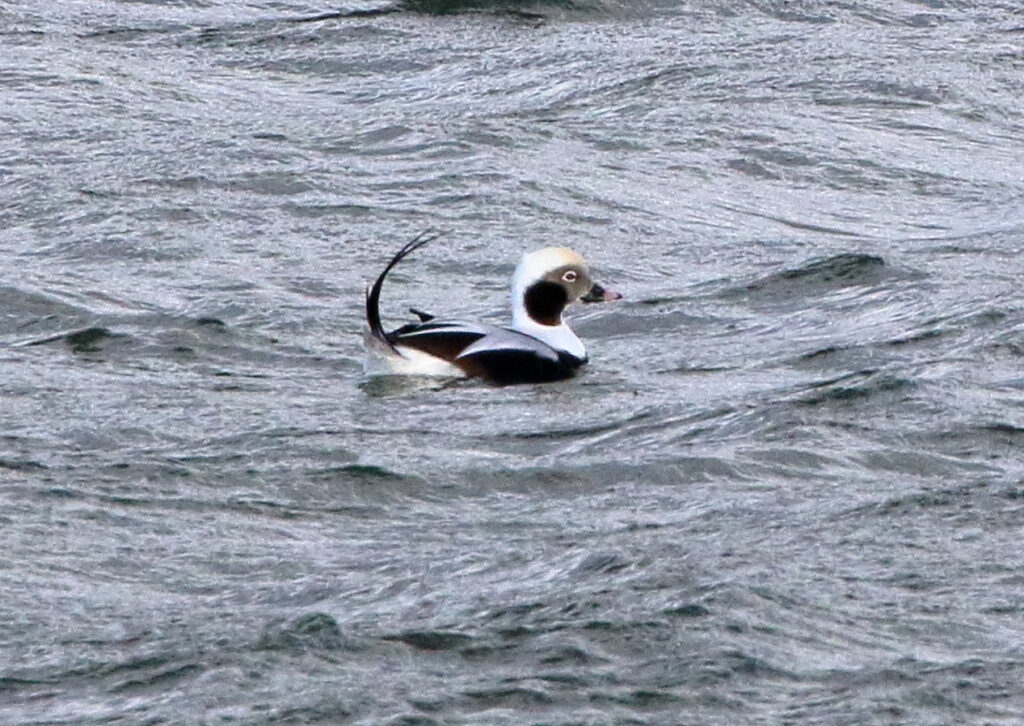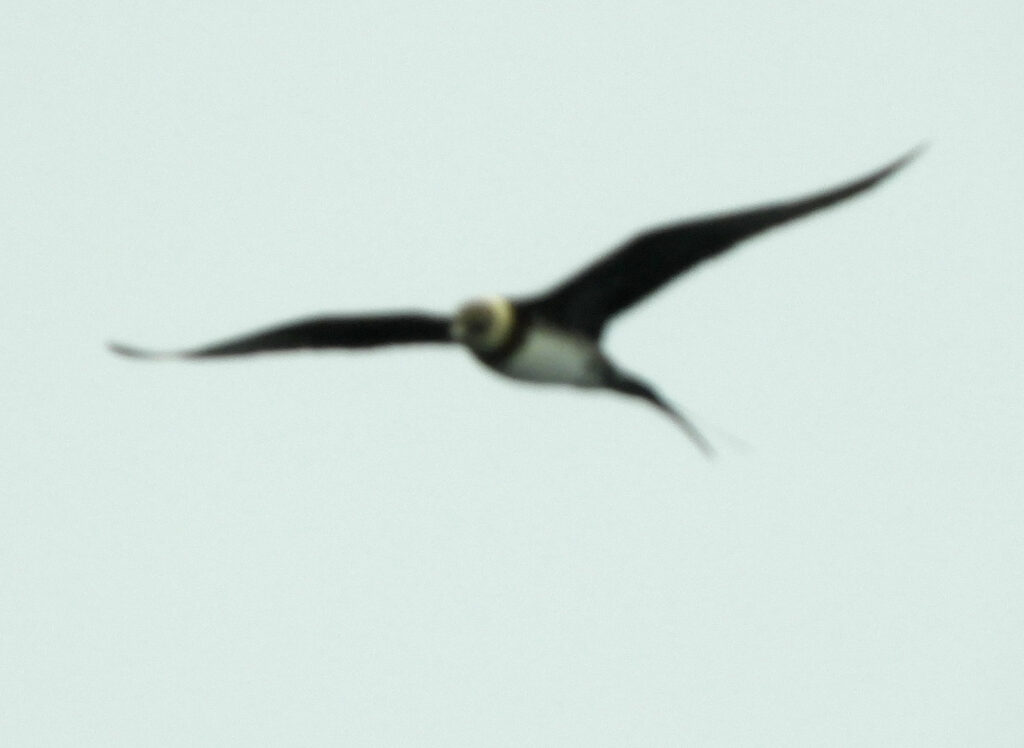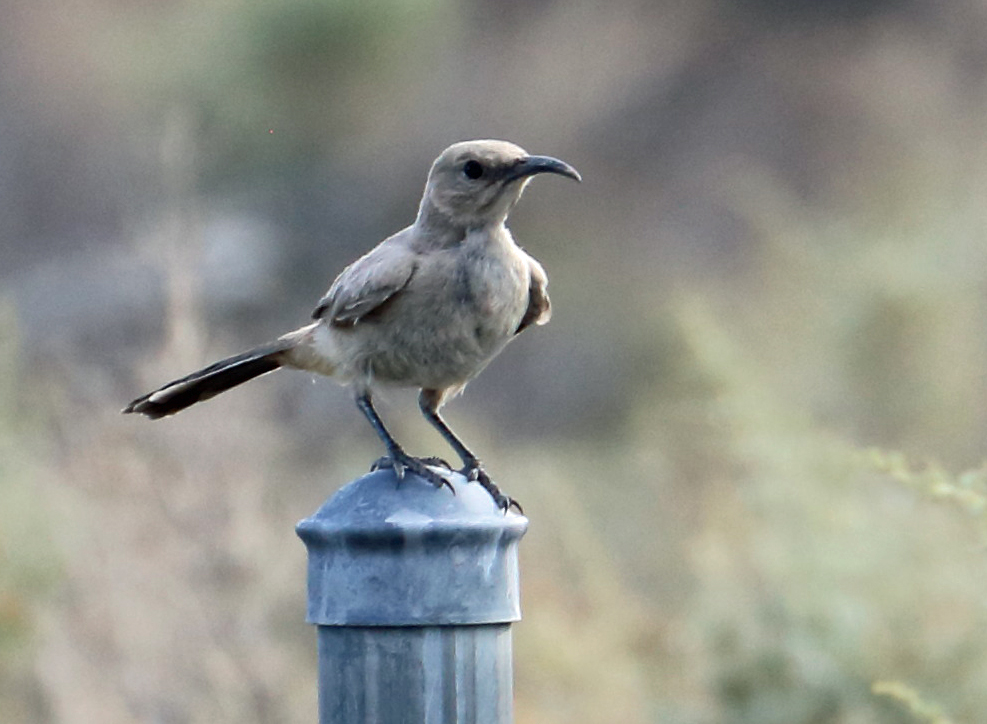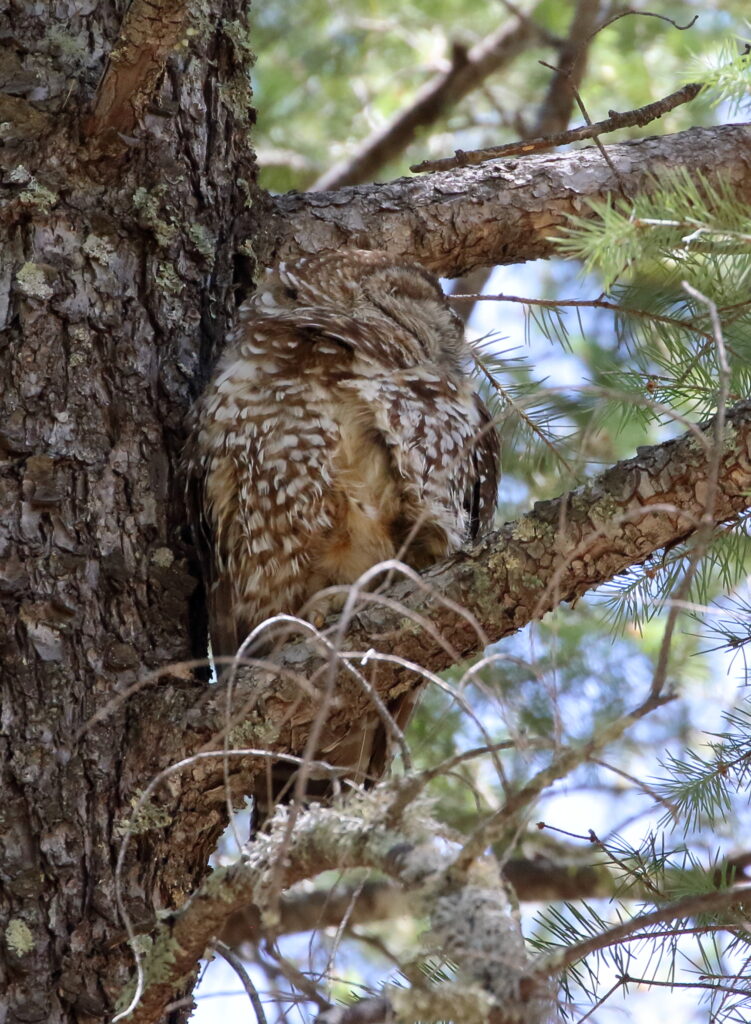
Since we published them, our birding posts about Japan have been read in dozens of countries. If you are planning your own trip to Japan, you’re in luck! Sneed’s book, FIRST-TIME JAPAN: A STEP-BY-STEP GUIDE FOR THE INDEPENDENT TRAVELER, tells you everything you need to know about how to plan your trip to this remarkable, yet sometimes daunting, country. Order now by clicking here.
Welcome to Part 3 of Sneed’s recent Japan adventure. If you missed the first couple of Japan posts, start here. As always, we appreciate your interest, and please share these with anyone you think will enjoy them.
Our journey to Kyoto gave us one last chance to ride the Enoshima Electric Railway, the adorable little train Tessa and I both fell in love with during our long, rainy weekend in Kamakura. In fact, Japan’s train system is so well thought-out that we simply rode the EER to the end of the line in Fujisowa to catch the Tokaido train to Odawara. There, we boarded the shinkansen (bullet train) for the two-hour ride to Kyoto. Easy peasy. I have to say, however, that Kyoto Station was quite a bit more confusing than Tokyo or any of the other stations we’d visited, but fortunately I knew which subway to catch to our accommodation, a rather modern version of a traditional Japanese inn, or ryokan. As far as I can tell, there’s no perfect location to stay in Kyoto, but our place was only an 8-10 minute walk to two different subway stations. Even better, it was close to what turned out to be a wonderful birding spot, the Kamo River—a place that Tessa and I would return to several times.
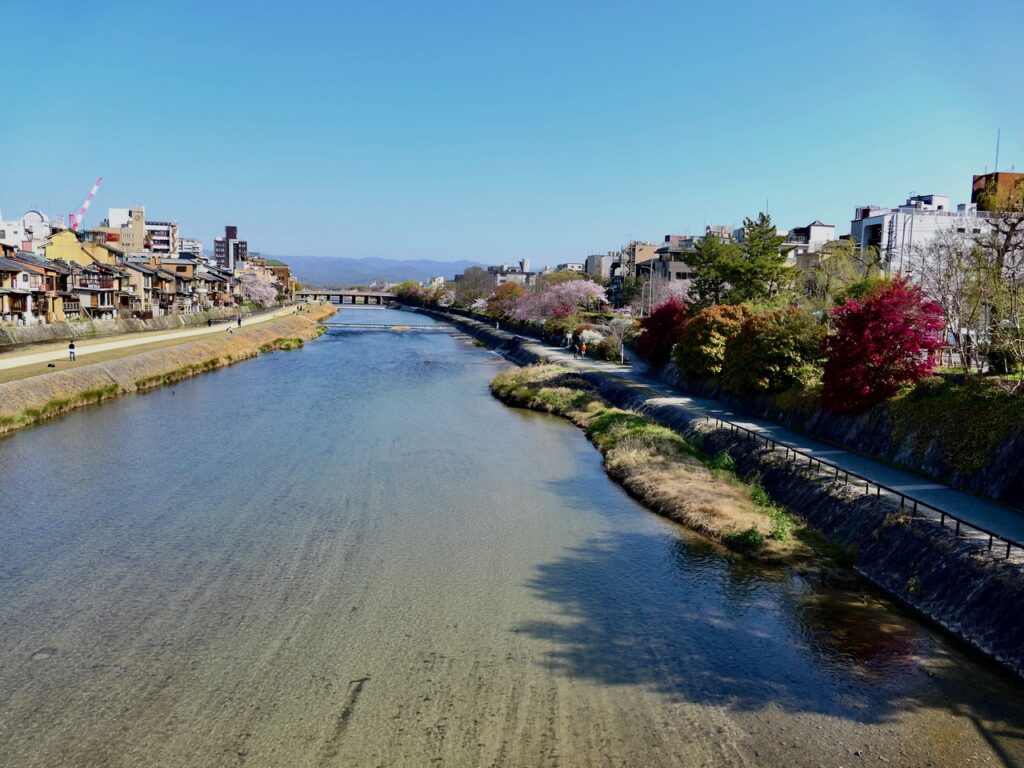
Our first full day in Kyoto, I planned for us to visit Fushimi Inari Taisha, a shrine famous for its hundreds (thousands?) of red “torii” gates straddling the paths leading up the mountain. Conveniently, to catch the train to the shrine, we got to walk along the Kamo River. It was a glorious day and many others were out enjoying the sunshine and blooming sakura trees. For my part, I also couldn’t help noticing a lot of birds enjoying the relatively unkempt river bed—including a real surprise, Common Merganser, a duck that we often see in our rivers in Montana!
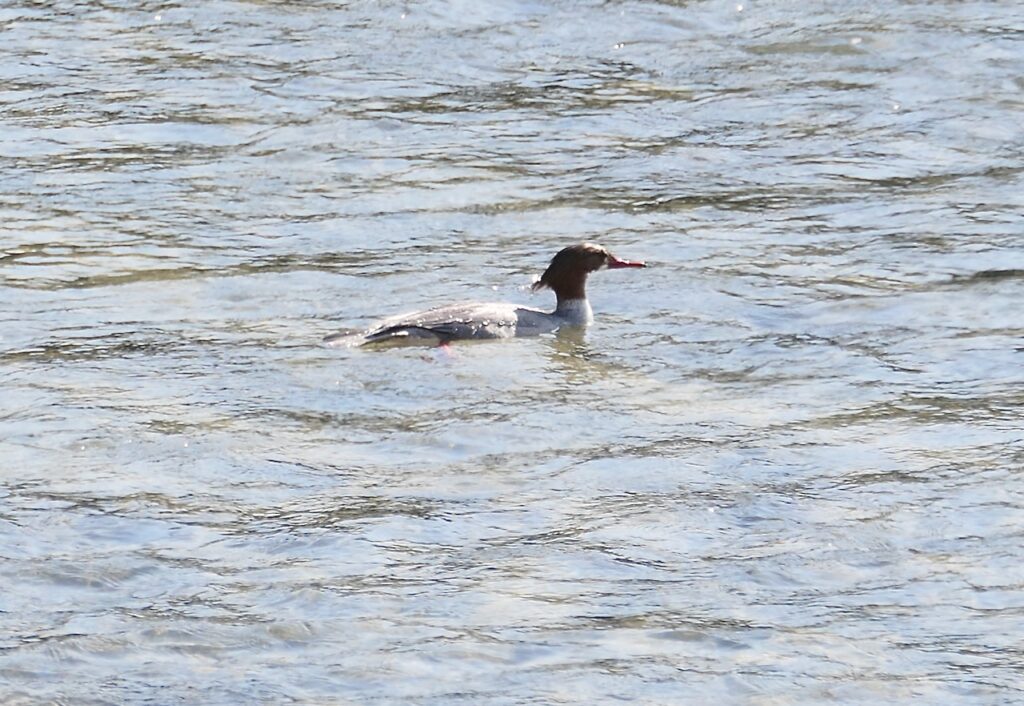

We finished Fushimi Inari Taisha early enough that we decided to go ahead and visit Kyoto’s Imperial Palace and the surrounding Kyoto Gyoen National Garden. The palace was impressively, well, palatial and I was hoping for some excellent birding in the gardens. The over-manicured park, however, once again limited its attractiveness to only the hardiest of species. I did run into a nice little mixed flock that contained a Warbling White-eye, Long-tailed Tit, and my lifer Japanese Bush Warbler, but have to say that I was disappointed overall. Nothing that a big bowl of steaming hot ramen at Ichiran Ramen didn’t cure!
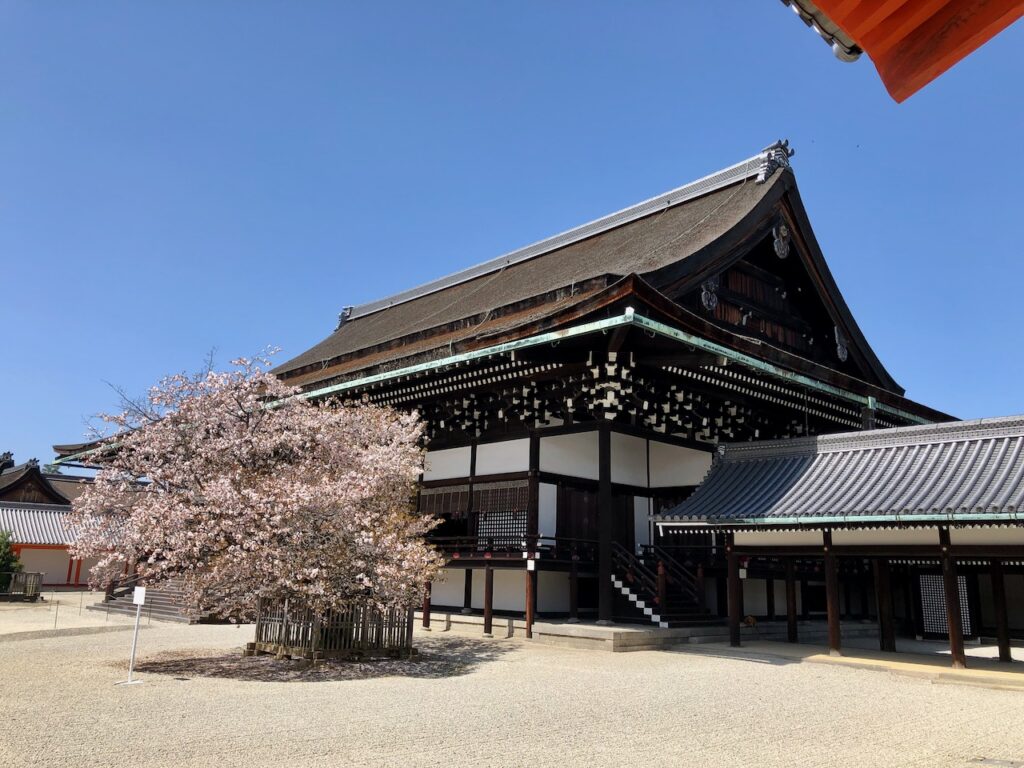
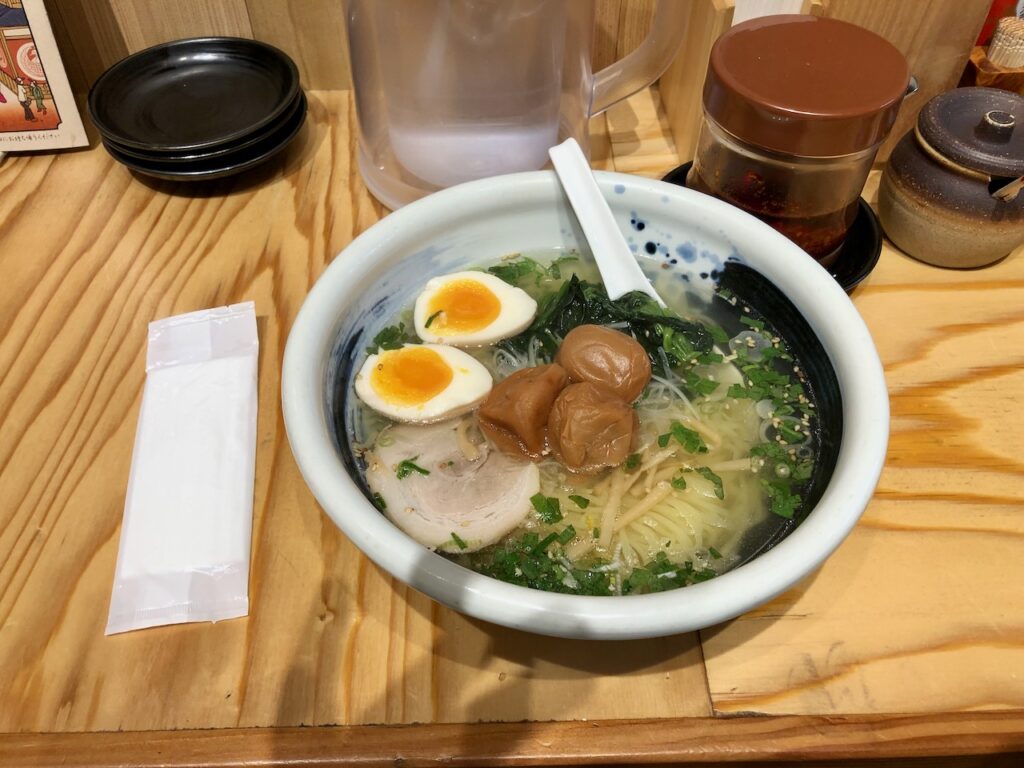
The next morning, after hitting Kyoto Station to reserve shinkansen tickets for the upcoming legs of our trip, we rode a JR local train out to Arashiyama. Tessa had especially been wanting to visit a bamboo grove, and a large, famous one grew here. We also visited Kameyama Park, located at the mouth of the Katsura River gorge. The sakura were especially wonderful here and, well, the birds turned out to be pretty great, too! As we strolled the gorgeous grounds, I saw a Warbling White-eye and the complete triumvirate of tits: Japanese, Varied, and Long-tailed. Just saying the word “tit” provokes giggles but these birds are essentially the Old World version of chickadees. They look like chickadees. They behave like chickadees. Just as in the States, if you see a tit, chances are other interesting birds are lurking nearby, so I am always happy to spot one.
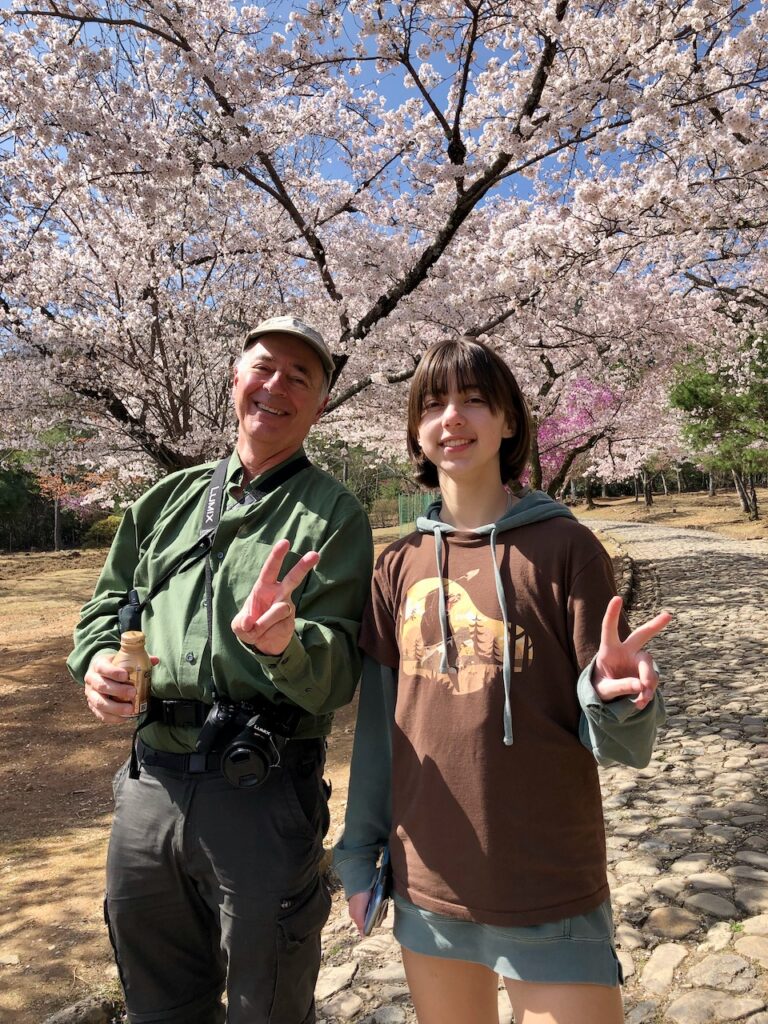
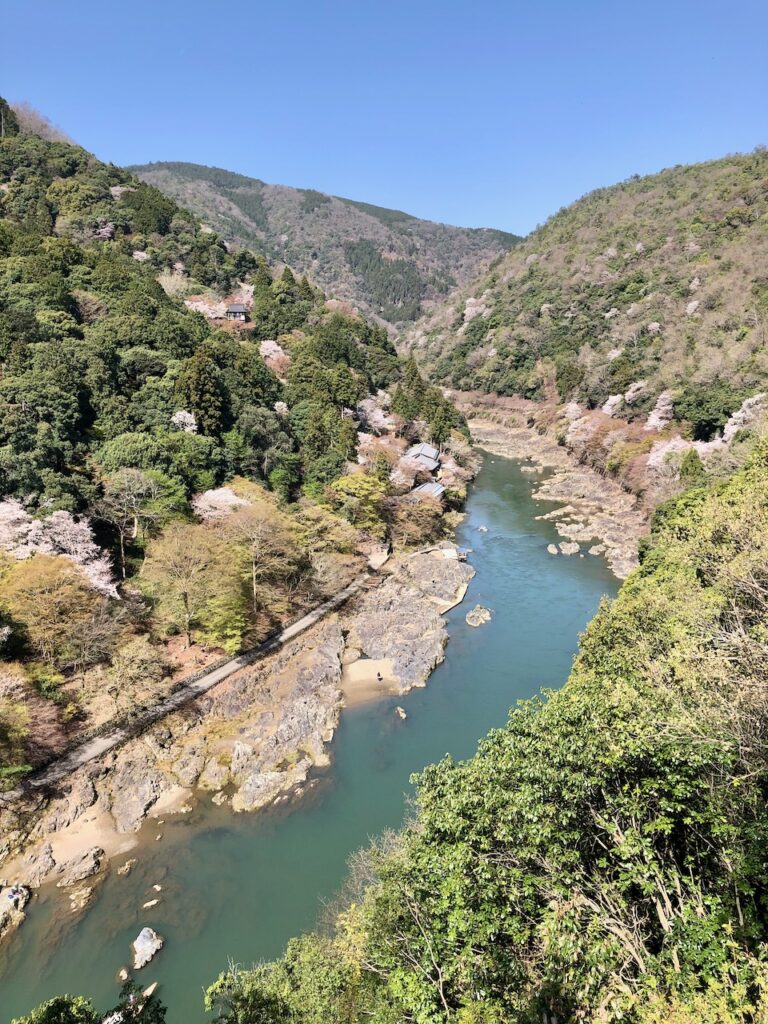
Following the trails down to the river, we encountered a nice collection of ducks and my first-ever Japanese Wagtail and House Swift! By this time, large crowds had gathered to enjoy the sunshine and sights, so after a quick bite at a local food stand, we high-tailed it back to our ryokan. Our birding in Kyoto was not quite finished, however. I managed two more sessions at Kamo River, the final one the evening before our departure. Tessa was chilling in our room after a busy day of seeing Nijo Castle and the Manga Museum, and doing some gift shopping in Teramachi-dori, one of the expansive covered street malls that seem to be popular in Japan. I had some extra energy so decided on taking one last visit to the river.
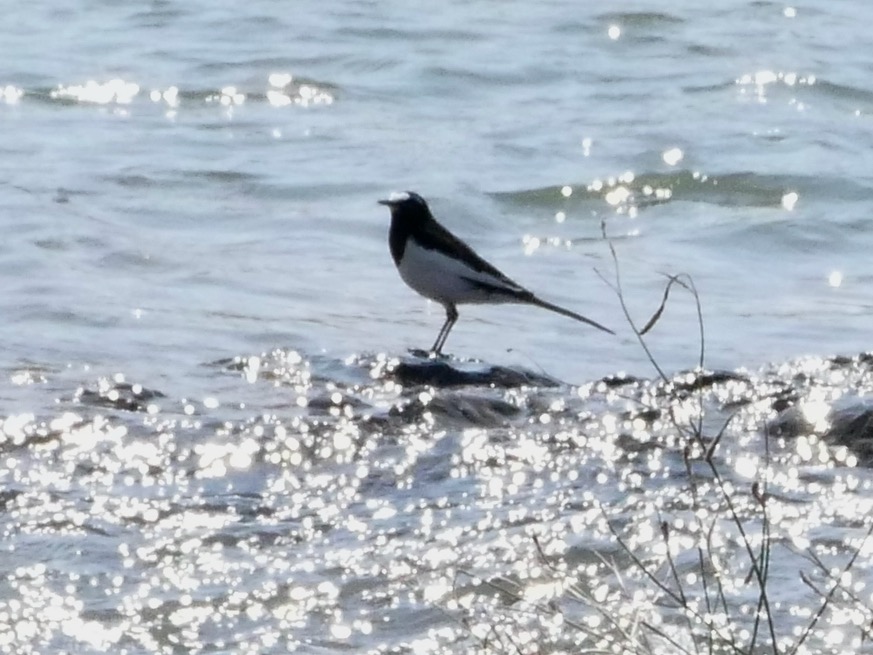
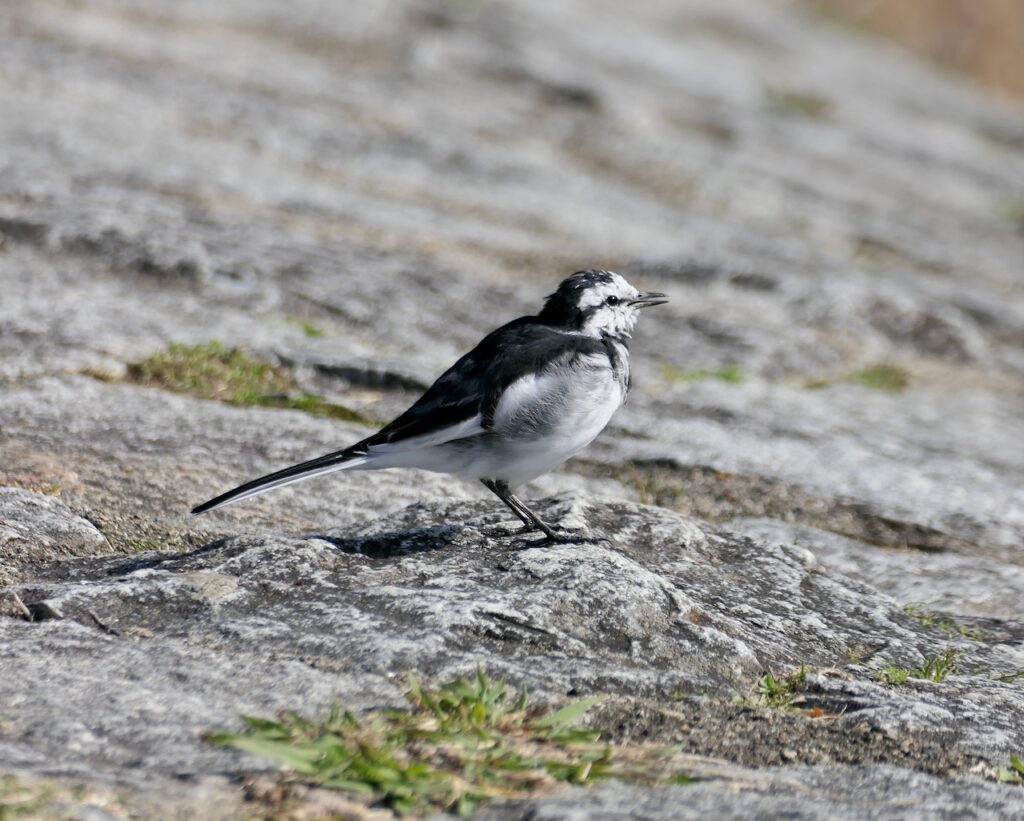
It was a lovely afternoon, and hundreds of Kyoto residents were out taking advantage of it. I walked downstream, enjoying the Black Kites flying overhead and Gray Herons, Great and Little Egrets, Great Cormorants, ducks, and Japanese and White Wagtails along the river. One thing I’d sorely missed on the trip were any kind of shorebirds, but suddenly I saw a suspicious bird standing on a rock across the river. From eBird quizzes I’d taken, I immediately guessed that my shorebird drought might be at an end and that this could be a Common Sandpiper. I was too far away to get a good look at the bill, though, and it seemed too short. That was good because it forced me to call up the Merlin app and dive deeper into the Common Sandpiper’s ID features. Two things stuck out: COSAs had a prominent white “spur” at the shoulder and they often bobbed their tails like wagtails. I again focused my binoculars. “Yep,” I said out loud. “That’s a Common Sandpiper!” Just a few minutes later I saw yet another bird sitting on a rock in the river—this one a Gray Wagtail, completing the “Wagtail Trilogy” for the trip. Neither the Common Sandpiper nor Gray Wagtail were lifers for me, but they brought my Japan bird list up to 47 species. More important, they were an awesome way to finish up our time in Kyoto.
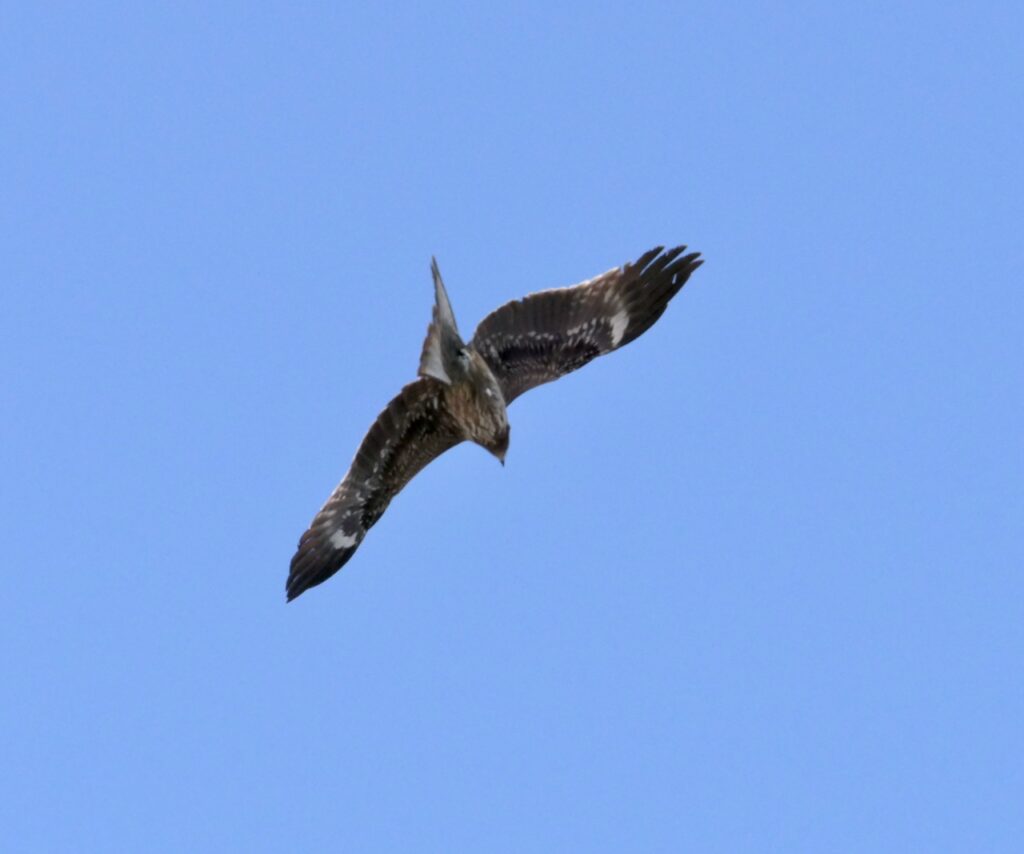
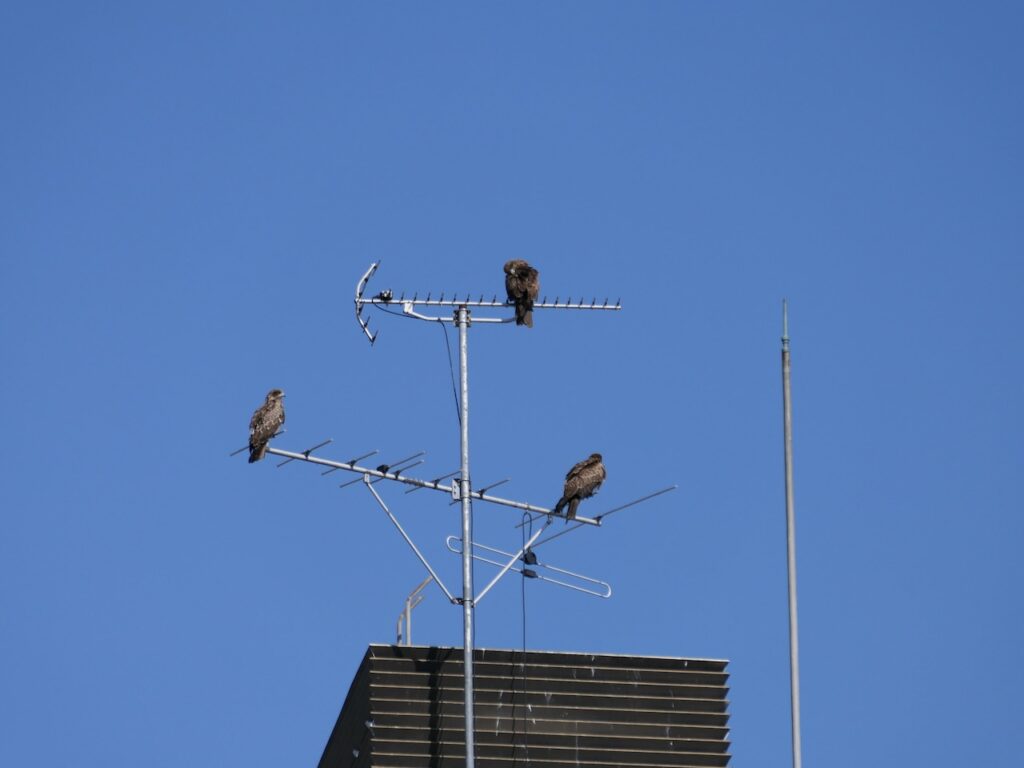
More, much more, lay in store.



